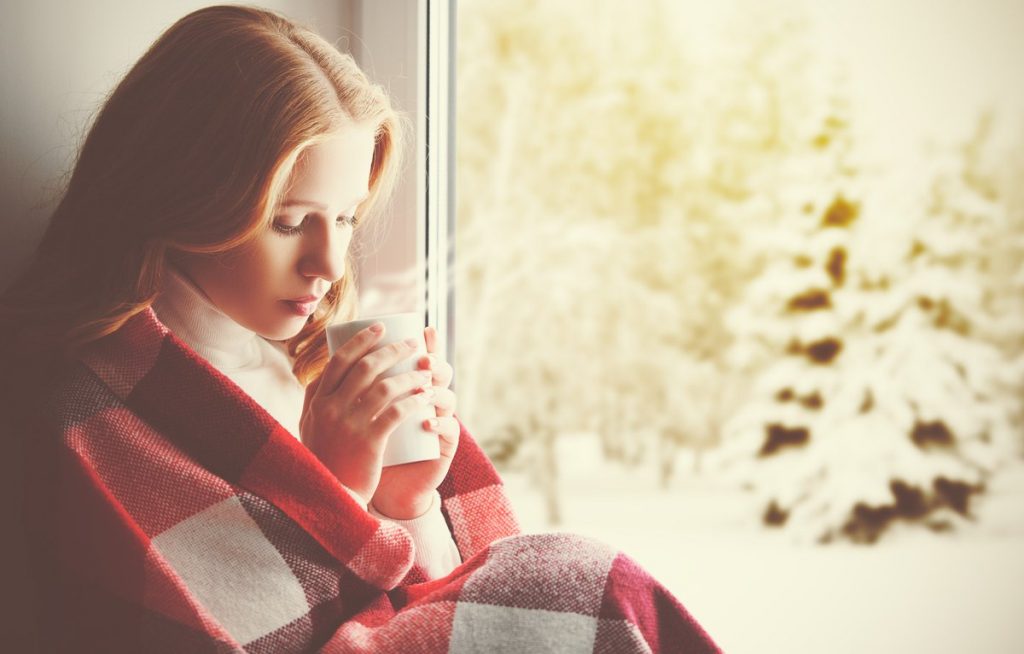
Because of the colder and darker days this time of year, many people may be feeling a bit lethargic, with low energy, or have trouble sleeping. It might just seem like the winter blues caused by the seasonal change, but it could be worth looking into if it happens to you every year around this time.
Seasonal affective disorder (SAD), also known as seasonal depression or winter depression, is a type of major depression related to the season changes. It usually begins during the late fall and winter time, occurring about the same time every year.
The specific causes of seasonal affective disorder remain unknown. It may have to do with a person’s circadian rhythm, serotonin levels, vitamin D, or melatonin levels. These are all affected by reduced sunlight and changes in seasons. A person’s body’s biological clock might feel disrupted by the lack of sunlight causing the person to feel depressed or down.
Serotonin is a brain chemical (neurotransmitter) that affects mood, and with the reduced sunlight serotonin levels may drop, triggering SAD. Melatonin plays an important role in a person’s sleeping patterns. Seasonal changes may lead to a decrease in levels of melatonin causing a person to have trouble sleeping or oversleeping, which are symptoms of SAD.
Symptoms of seasonal affective disorder usually start in the fall and continue to the end of the winter months. Occasionally, it can happen during the spring and summer times – known as summer depression. As the seasons develop symptoms may become more severe.
SAD is a subtype of major depression, so many of the symptoms may look similar:
Signs and symptoms of seasonal affective disorder should be taken seriously.
Thankfully, seasonal affective disorder is treatable. Here are some different treatments for SAD.
There are two types of light therapy: bright light therapy and dawn simulation. Bright light therapy uses a special light treatment box, exposing a person to bright light. The bright light mimics natural outdoor light and can cause a change in brain chemicals related to mood. On the other hand, dawn simulation uses a light while you are sleeping. Over time it gets brighter, simulating the sun rising. This type of therapy usually starts working after a few days to a couple of weeks with few side effects.
If symptoms for seasonal affective disorder are severe, a person may benefit from antidepressant treatment or other types of medication. It can take several weeks before the benefits from medication begin to be apparent.
Psychotherapy helps patients to cope and manage SAD in healthy ways. This type of treatment helps patients identify and change certain negative thoughts and behaviors.
Don’t let this winter season bring you down. If you’re interested in setting up an initial appointment with our office, please call us or fill out our new patient request form.